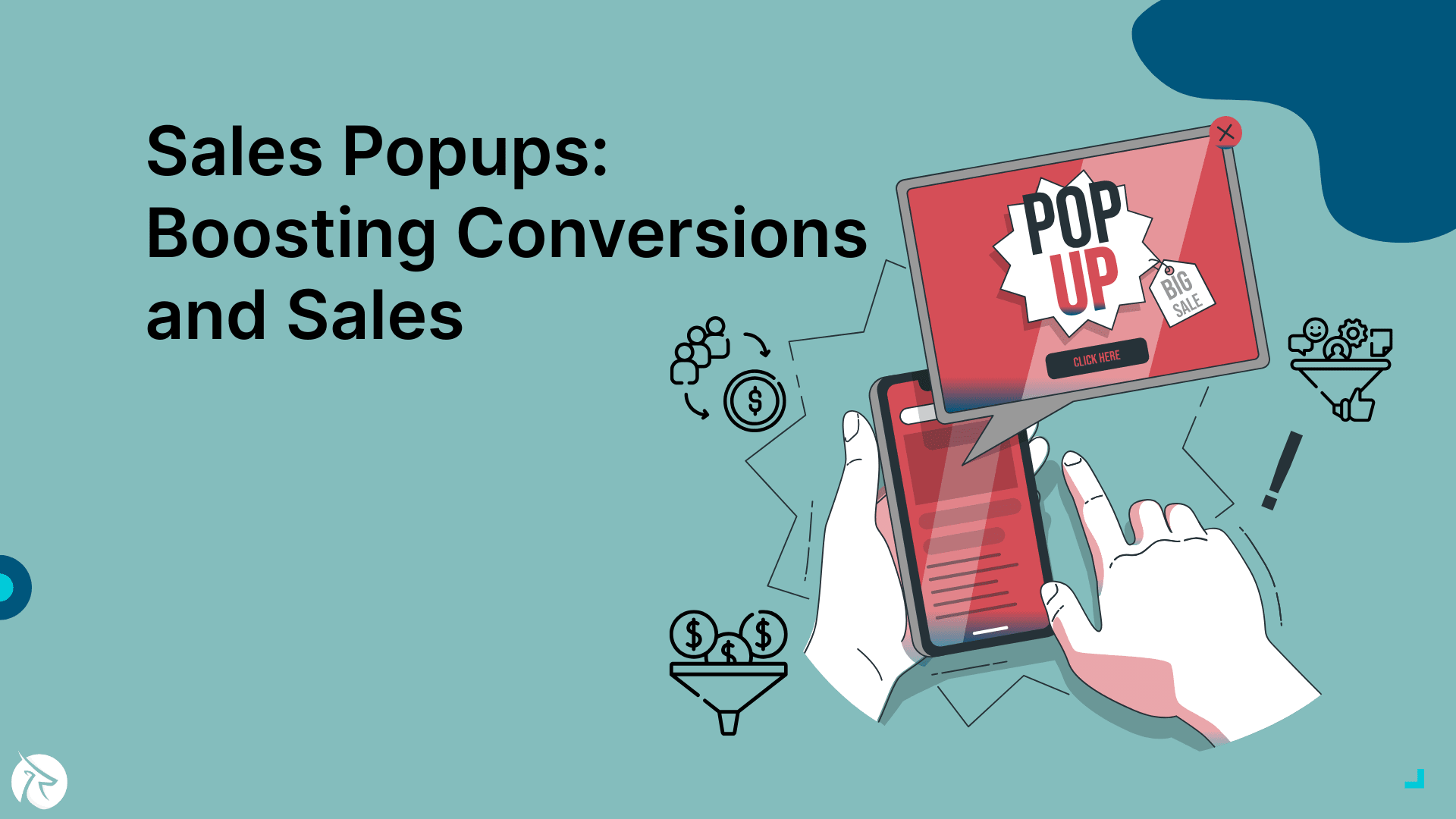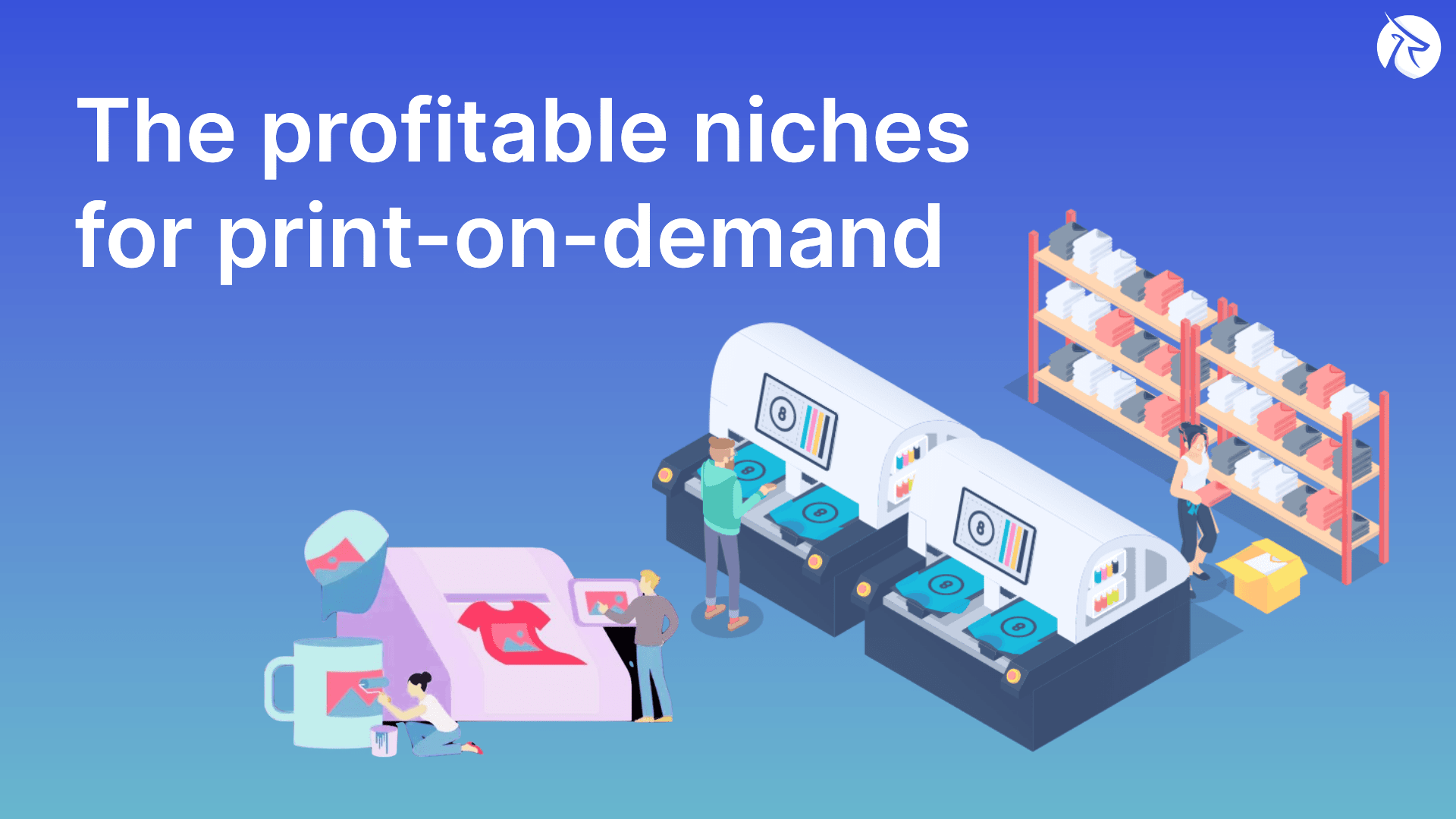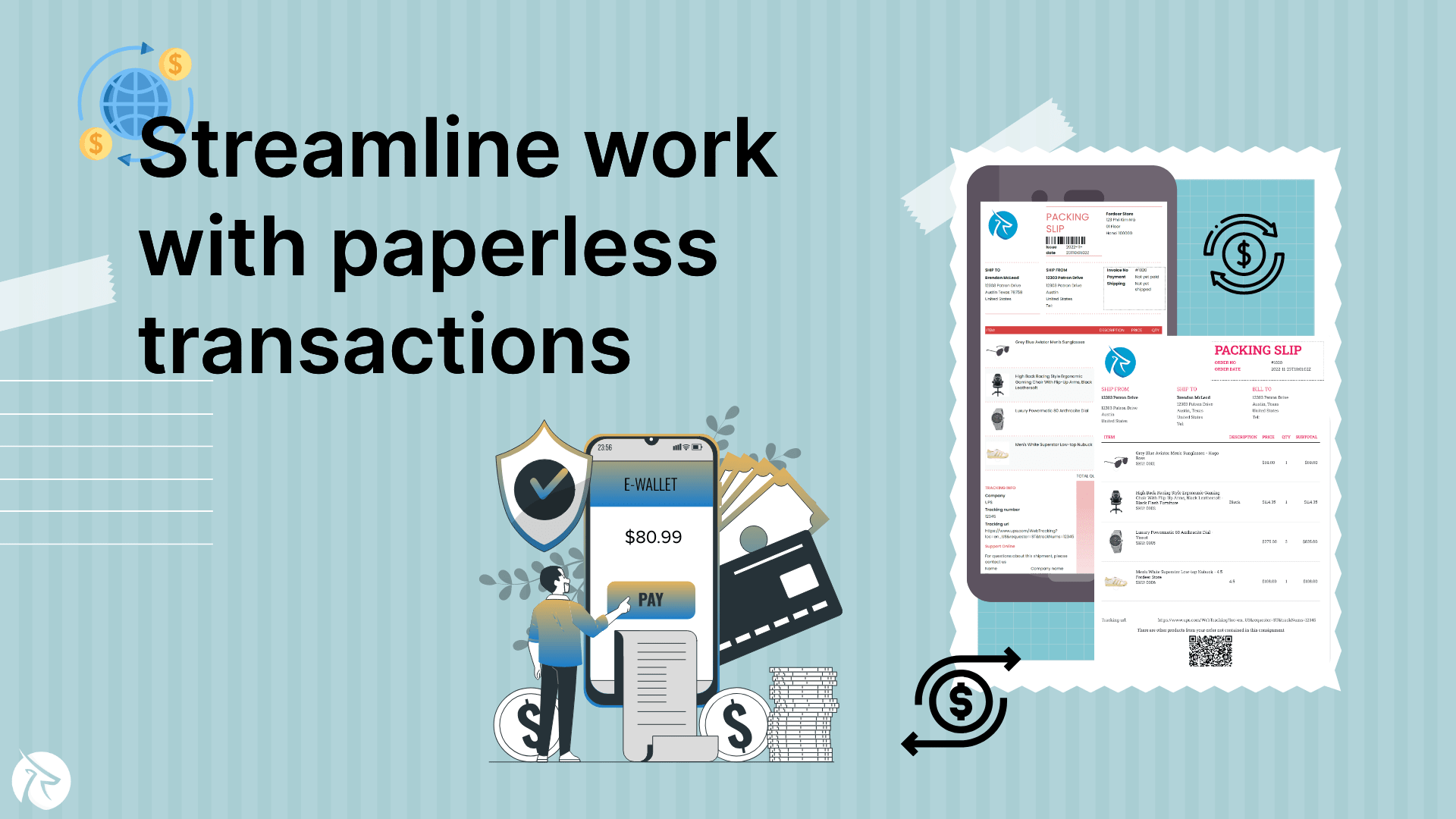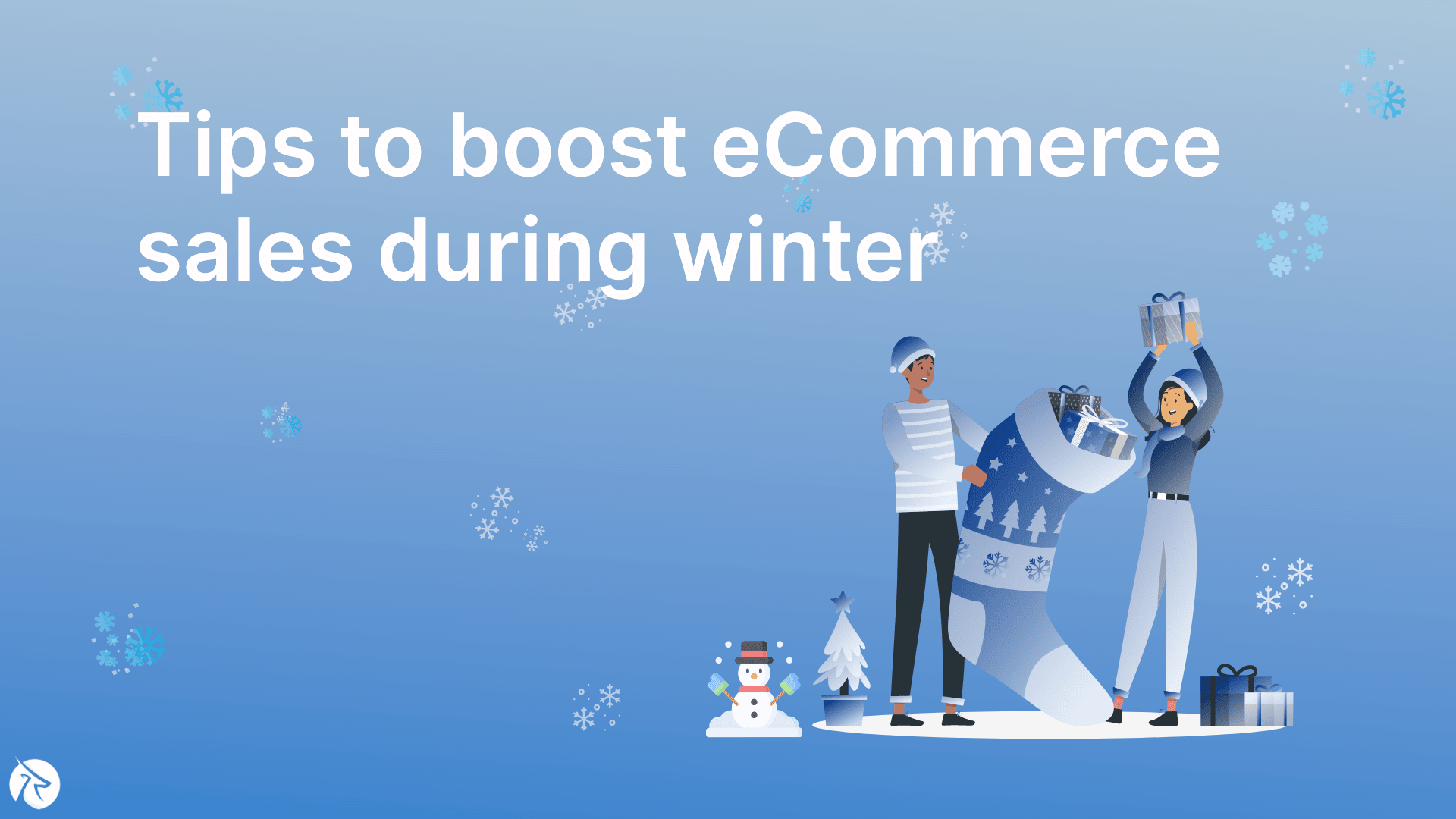The Power of Sales Popups: Boosting Conversions and Sales

Sales popups have become a powerful tool in the world of e-commerce, enabling businesses to engage with their website visitors and drive conversions like never before. These attention-grabbing messages, strategically displayed at the right moment, have the potential to significantly boost sales and revenue.
In this article, Fordeer will explore the undeniable power of sales popups and how they can be leveraged to optimize conversions and drive business growth.
Understanding the Sales Popup
Sales popups are small, attention-grabbing messages or windows that appear on a website to deliver a specific offer, promotion, or information to visitors. They are designed to capture the attention of users and encourage them to take a desired action, such as making a purchase, subscribing to a newsletter, or signing up for a limited-time discount.
Sales popups are typically triggered by specific visitor actions, such as scrolling, exit intent, or time spent on a page, making them highly targeted and personalized.
Increasing conversion rates
One of the primary benefits of sales popups is their ability to increase conversion rates. By displaying relevant offers or discounts to visitors, businesses can capture their attention and motivate them to take action.

For example, a well-timed popup offering a limited-time discount can create a sense of urgency, compelling visitors to make a purchase they may have otherwise delayed. Additionally, sales popups can be used to showcase social proof, such as displaying recent purchases or positive customer reviews, which can build trust and credibility, further influencing visitors to convert.
Enhancing user experience
Contrary to common misconceptions, sales popups, when used thoughtfully, can enhance the overall user experience. They provide users with valuable information and opportunities that they may have missed otherwise.
For instance, a popup displaying related products or personalized recommendations can help users discover relevant offerings, improving their browsing experience. It's crucial, however, to ensure that popups are displayed at appropriate times and are not overly intrusive, as this can negatively impact user experience.
Personalization and segmentation
Sales popups can be highly effective when personalized and segmented based on user behavior and preferences. By leveraging data such as past purchases, browsing history, or geographic location, businesses can deliver targeted offers that resonate with specific segments of their audience.
Personalized sales popups make users feel valued and understood, increasing the likelihood of conversion. Segmentation allows businesses to tailor their messages to different customer segments, ensuring relevance and maximizing the impact of each popup.
A/B testing and optimization
To harness the full potential of sales popups, A/B testing and optimization are crucial. By experimenting with different popup designs, messages, triggers, and timing, businesses can identify the most effective combinations for their target audience.
A/B testing allows for data-driven decision-making, enabling businesses to continually refine and improve their popup strategies. Regular analysis of conversion rates, click-through rates, and bounce rates can provide valuable insights into the performance of sales popups and guide optimization efforts.
How Can Businesses Measure the Success of Their Sales Popups?
Measuring the success of sales popups is essential for businesses to evaluate their effectiveness and make data-driven decisions to optimize their strategy. Here are some key metrics and methods to measure the success of sales popups:
Conversion rate
The conversion rate is a fundamental metric to assess the effectiveness of sales popups. It measures the percentage of visitors who take the desired action after interacting with a popup, such as making a purchase, subscribing, or signing up. By tracking the conversion rate, businesses can determine how successful their popups are in driving actual conversions.

Click-through rate (CTR)
The click-through rate measures the percentage of visitors who click on the popup to engage with the offer or promotion. It provides insights into the attractiveness and relevance of the popup content. A high CTR indicates that the popup is capturing the attention of visitors and motivating them to explore further.
Bounce rate
The bounce rate measures the percentage of visitors who leave the website immediately after encountering a popup. A high bounce rate may indicate that the popup is intrusive, irrelevant, or disruptive to the user experience. Monitoring the bounce rate helps businesses assess whether their popups are aligning with visitor expectations and not negatively impacting engagement.
Revenue and sales attribution
To determine the direct impact of sales popups on revenue generation, businesses can track sales and revenue attributed to specific popups. By using conversion tracking and analytics tools, it is possible to identify the revenue generated from visitors who interacted with a particular popup, providing valuable insights into the return on investment (ROI) of the popup strategy.
A/B testing
A/B testing involves comparing different variations of sales popups to identify the most effective design, messaging, triggers, or timing. By monitoring and comparing the performance of different versions, businesses can determine which variations result in higher conversion rates, click-through rates, or other desired outcomes.

User feedback and surveys
Collecting feedback from users who have interacted with sales popups can provide valuable qualitative insights. Businesses can use surveys or feedback forms to gather information about the user experience, perceptions, and suggestions for improvement. This feedback can complement the quantitative metrics and help businesses understand the impact of popups from the user's perspective.
Heatmaps and user behavior analytics
Heatmap tools and user behavior analytics can provide visual representations of how visitors interact with the website and the popups. Heatmaps show where users click, scroll, or spend the most time on the page, giving businesses insights into the visibility and engagement levels of their popups.
By combining these measurement methods, businesses can gain a comprehensive understanding of the success of their sales popups. This data-driven approach enables them to make informed decisions, optimize their popup strategy, and continually improve conversion rates and sales.
Some Best Practices for Designing Effective Sales Popups
Designing effective sales popups involves a combination of attention-grabbing visuals, compelling messaging, strategic placement, and user-friendly elements. Here are some best practices to consider when designing sales popups:
Clear and compelling headline: Use a concise and attention-grabbing headline that clearly communicates the offer or value proposition. Make it compelling to entice visitors to engage with the popup.
Engaging visuals: Incorporate visually appealing elements such as high-quality product images, eye-catching graphics, or attention-grabbing colors. Visuals should align with your brand identity and create a positive impact on visitors.
Concise and persuasive messaging: Keep the messaging concise and focused. Clearly communicate the benefits, discounts, or promotions associated with the popup. Use persuasive language to motivate visitors to take the desired action.
Strong Call-to-Action (CTA): Place a prominent and visually distinct CTA button that stands out from the rest of the popup. Use action-oriented and compelling language on the button, such as "Shop Now," "Get Your Discount," or "Subscribe Today."
Mobile-friendly design: Ensure that the popup is optimized for mobile devices, as a significant portion of website traffic comes from mobile users. The popup should be responsive and adapt to different screen sizes, maintaining readability and usability.

Strategic timing and triggering: Determine the most effective timing and triggering options for your popups. Consider using exit intent triggers, scrolling triggers, or time-based triggers to display the popup at the right moment when visitors are most likely to engage.
Minimalistic design: Avoid cluttered or overwhelming designs that may distract or confuse visitors. Keep the design clean, with ample white space, and focus on the essential elements to maintain visual clarity.
Personalization and segmentation: Leverage user data to personalize the content of your popups based on visitor behavior, preferences, or past purchase history. Segment your audience and deliver targeted offers that resonate with specific customer segments.
Display rules and frequency: Set display rules to control how often the popup appears to visitors. Avoid displaying popups too frequently, as it can irritate users and negatively impact the user experience. Consider using delay settings or session-based rules to ensure popups are shown at appropriate intervals.
A/B testing and optimization: Continuously test and optimize different elements of your popups, such as headline variations, CTA button colors, or popup layouts. Conduct A/B tests to identify the most effective combinations and refine your design based on data-driven insights.
Easy exit option: Provide a clear and easily accessible option to close the popup without frustration. Visitors should be able to dismiss the popup easily if they are not interested in the offer, ensuring a positive user experience.
Conclusions
Sales popups have emerged as a powerful tool for boosting conversions and sales in the world of e-commerce. When implemented strategically and thoughtfully, they have the potential to capture the attention of website visitors, drive conversions, and enhance the overall user experience. By personalizing and segmenting sales popups, businesses can deliver targeted offers and recommendations that resonate with their audience.
A/B testing and optimization further allow for continuous improvement and maximizing the impact of sales popups. Embracing the power of sales popups can be a game-changer for businesses looking to increase their online sales and revenue, ultimately driving growth and success in the competitive e-commerce landscape.











